Carson National Forest
- December 22, 2023
- 0 comment
Located in the rugged beauty of northern New Mexico, Carson National Forest stands as a testament to the wild majesty of the American Southwest. Encompassing over 1.5 million acres of pristine landscapes, this forest is a haven for nature enthusiasts and outdoor adventurers alike. Carson National Forest boasts a diverse tapestry of ecosystems, from alpine meadows and dense coniferous forests to high desert plateaus, offering a captivating array of flora and fauna.
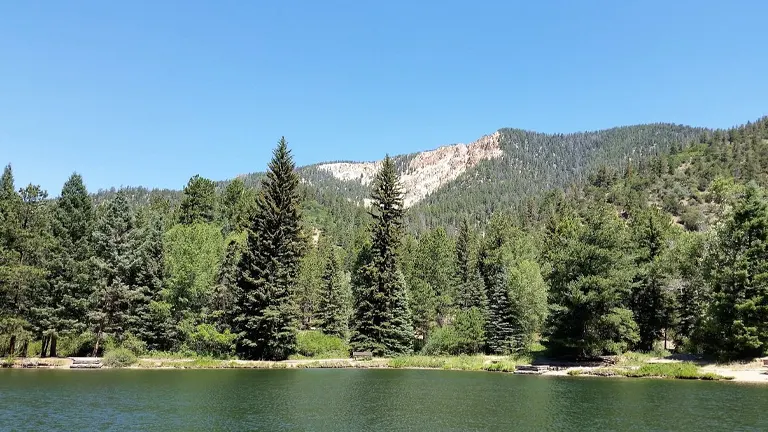
With its towering peaks, such as Wheeler Peak, the highest point in the state, and a network of crystal-clear streams and lakes, the forest provides a stunning backdrop for activities ranging from hiking and camping to fishing and wildlife watching. Rich in cultural history, Carson National Forest is home to ancient Puebloan ruins and traces of early Spanish settlements, adding a layer of historical significance to its already enchanting allure. Whether seeking solitude in nature or engaging in recreational pursuits, Carson National Forest invites visitors to discover the untamed beauty that defines this southwestern gem.
Characterizing Features of the Carson National Forest
- Vast Landscape: Carson National Forest spans an expansive 1.5 million acres in northern New Mexico, offering visitors a diverse and extensive natural environment to explore.
- Mixed-Use Policy: Governed by the United States Forest Service, Carson National Forest implements a “mixed-use” policy, allowing for a harmonious blend of recreational activities, grazing, and resource extraction. This policy reflects a balanced approach to land management.
- Ranger District Diversity: The forest is divided into four disjunct areas, each managed by six ranger districts. This organizational structure enables efficient management of the distinct ecosystems within the Sangre de Cristo Mountains and San Juan Mountains.
- Wilderness Areas: Carson National Forest hosts five designated wilderness areas, such as the Columbine-Hondo Wilderness and Wheeler Peak Wilderness. These areas are characterized by their pristine, untouched natural landscapes, providing havens for wildlife and preserving the rugged beauty of the region.
- Scenic Byways: The Enchanted Circle Scenic Byway, a designated New Mexico Scenic Byway and National Forest Scenic Byway, covers 84 miles through Carson National Forest. This scenic route traverses the Camino Real and Questa ranger districts, showcasing the forest’s beauty alongside charming nearby towns.
- National Wild and Scenic Rivers: Sections of both the Rio Grande River and the Red River within Carson National Forest are part of the National Wild and Scenic Rivers System. This designation emphasizes the importance of preserving the natural character of these waterways.
- Abundant Wildlife: Carson National Forest is a habitat for a variety of wildlife, including mule deer, elk, pronghorn, black bears, and bighorn sheep. Collaborative efforts with the State Game and Fish Department ensure the preservation of these diverse ecosystems.
- Recreational Opportunities: With over 600 miles of hiking trails, 85 miles of motorized trails, and 1,000 miles of forest roads, Carson National Forest provides abundant opportunities for outdoor activities, including hiking, camping, fishing, mountain biking, and rock climbing.
- Historical Significance: The forest bears historical remnants, such as the Pot Creek Cultural Site, showcasing the presence of the Ancestral Pueblo people. Its establishment in 1908 through the merger of Taos National Forest and part of Jemez National Forest adds a historical dimension to its conservation legacy.
- Cultural Milestone – Blue Lake: The return of Blue Lake to the Taos Pueblo in 1970, after a prolonged struggle and congressional deliberation, highlights the intersection of conservation, indigenous rights, and historical redress within the forest’s history. This event underscores the ongoing commitment to preserving both natural and cultural heritage within Carson National Forest.
History
Established on July 1, 1908, Carson National Forest in northern New Mexico has a rich history rooted in the merging of Taos National Forest and part of Jemez National Forest. Named in honor of American pioneer Kit Carson, the forest’s origins extend to lands granted to settlers by the Spanish monarchy and the Mexican government. This vast expanse of 1.5 million acres became a significant cultural landmark when inhabited by the Ancestral Pueblo people, evident in the archaeological remains at the Pot Creek Cultural Site.
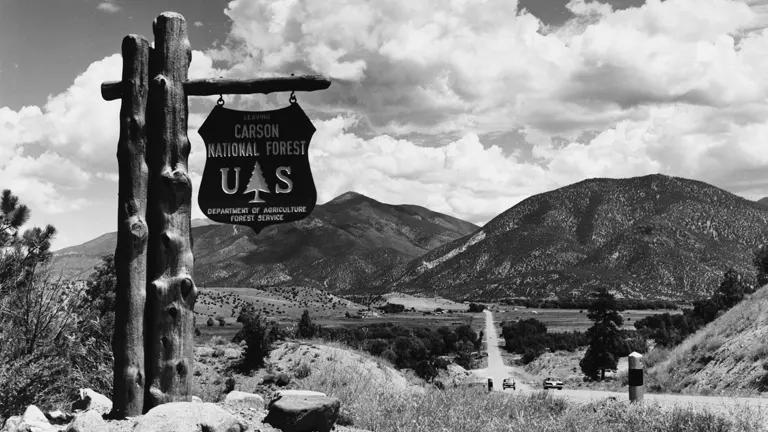
The forest’s history also intertwines with the struggle for indigenous rights and land reclamation. Notably, the return of Blue Lake to the Taos Pueblo in 1970 marked a pivotal moment, emphasizing the complex interplay between conservation, historical redress, and the preservation of cultural heritage. Over the years, Carson National Forest has evolved into a haven for outdoor enthusiasts, managed by the United States Forest Service and characterized by its diverse ecosystems, designated wilderness areas, and a commitment to balanced land use.
Importance in Conservation and Recreation of Carson National Forest
Carson National Forest holds profound importance in both conservation and recreation, serving as a vital sanctuary for diverse ecosystems and a recreational haven for countless visitors. The forest is a testament to conservation efforts, preserving a mosaic of landscapes ranging from alpine meadows to dense forests. Its designation as a mixed-use area by the United States Forest Service underscores a commitment to balancing conservation with recreational needs, allowing for activities such as hiking, camping, fishing, and wildlife viewing. The forest’s five designated wilderness areas, including Columbine-Hondo Wilderness and Wheeler Peak Wilderness, further emphasize its dedication to preserving pristine, untouched natural habitats.
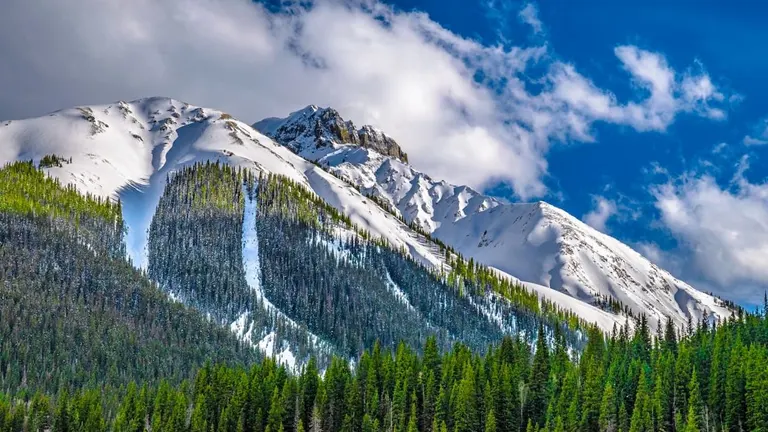
Beyond its ecological significance, Carson National Forest plays a crucial role in local communities, attracting around one million annual visitors. The Enchanted Circle Scenic Byway and its network of trails and roads provide a platform for people to connect with nature, fostering a deep appreciation for the environment and supporting the well-being of both the land and its enthusiasts. This delicate equilibrium between conservation and recreation cements Carson National Forest as a cornerstone in the collective effort to safeguard natural beauty for generations to come.
Unique Location of Carson National Forest
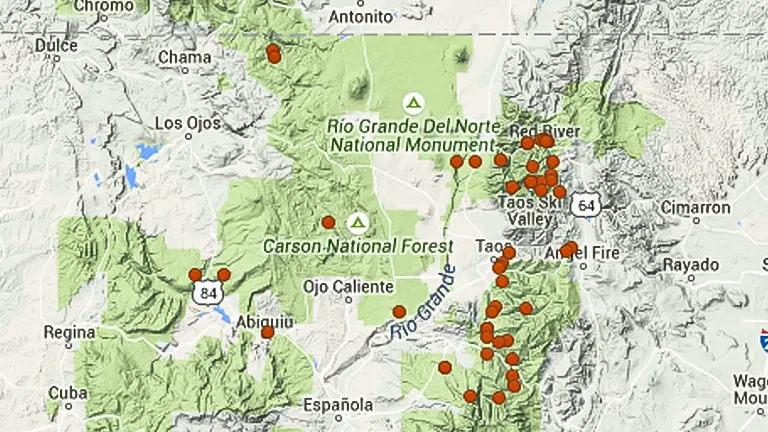
Carson National Forest is a big and unique place in northern New Mexico, covering 1.5 million acres. What makes it special is how it’s divided into four different parts managed by six ranger districts. On the east side are the Sangre de Cristo Mountains with two districts, separated by the historic Taos Pueblo. The west side has three connected districts nestled in the San Juan Mountains. Carson National Forest is not just huge; it’s also diverse, with everything from deserts to meadows. Being between the Santa Fe and Rio Grande National Forests makes it extra important for nature, giving visitors a chance to explore the beauty of the American Southwest in different ways.
Diverse Vegetation and Unique Plant Species:
- Sagebrush (Artemisia tridentata): Found in the lower elevations of Carson National Forest, sagebrush is well-adapted to arid conditions. Its silvery-green foliage is a common sight in the desert landscapes, contributing to the unique plant communities of the region.
- Piñon Pine (Pinus edulis): Thriving in the arid environments of the forest, piñon pines are a characteristic tree species known for their small, edible pine nuts. They play a vital role in the ecosystem and are well-suited to the high-desert plateaus of Carson National Forest.
- Juniper (Juniperus): Another resilient species adapted to arid conditions, junipers are often found alongside piñon pines. Their distinctive blue-green foliage adds to the visual diversity of the lower elevations within the forest.
- Ponderosa Pine (Pinus ponderosa): As one ascends in elevation, ponderosa pines become prominent in the mixed conifer forests of Carson National Forest. Recognizable by their tall trunks and distinctive bark, these trees contribute to the diversity of forested areas.
- Douglas Fir (Pseudotsuga menziesii): Alongside ponderosa pines, Douglas fir is a common component of the mixed conifer forests. These evergreen trees add to the lush vegetation at intermediate elevations, providing habitat and food sources for various wildlife.
- Spruce (Picea): Higher elevations in Carson National Forest are characterized by the presence of spruce trees. Engelmann spruce, in particular, is adapted to the cooler conditions at these heights and contributes to the forest’s overall ecological diversity.
- Alpine Forget-Me-Nots (Eritrichium nanum): Flourishing in the alpine zones of the forest, these small and delicate flowers add a splash of color to the high-altitude landscapes. Alpine forget-me-nots are adapted to survive in the challenging conditions of rocky alpine environments.
- Moss Campion (Silene acaulis): Another alpine species, moss campion, is a low-growing plant with vibrant pink flowers. Its ability to thrive in the harsh conditions of alpine meadows contributes to the unique flora found in the higher elevations of Carson National Forest.

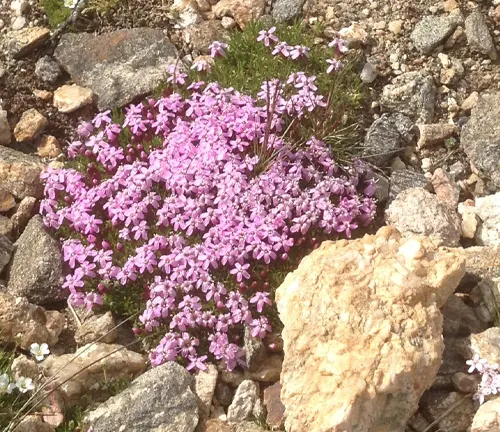
The diverse vegetation and unique plant species of Carson National Forest not only contribute to its scenic beauty but also play a crucial role in maintaining the health and balance of the forest’s ecosystems. As visitors explore the different elevations and landscapes, they can witness the transitions in vegetation that make this forest a botanical treasure in northern New Mexico.
Fauna:
- Mule Deer (Odocoileus hemionus): One of the most iconic species in Carson National Forest, mule deer are commonly spotted throughout various elevations. Their adaptability to diverse habitats, from lower plateaus to higher mountainous regions, makes them a key component of the forest’s wildlife.
- Elk (Cervus canadensis): Thriving in the forest’s mixed conifer and alpine zones, elk are a majestic sight. Carson National Forest provides vital habitat for these large herbivores, supporting populations that contribute to the region’s ecological balance.
- Pronghorn (Antilocapra americana): In the open grasslands and sagebrush areas of the lower elevations, pronghorn are well-adapted to the arid conditions. Their remarkable speed and agility make them a unique presence in the wildlife community.
- Black Bears (Ursus americanus): Inhabiting the forest across various elevations, black bears are a symbol of wilderness in Carson National Forest. They play a crucial role in maintaining ecosystem health, contributing to seed dispersal and influencing plant diversity.
- Coyotes (Canis latrans): Adaptable and versatile, coyotes are found throughout the forest, from the desert plateaus to the higher elevations. They play a role in controlling rodent populations and contribute to the complex web of predator-prey relationships.
- Bobcats (Lynx rufus): Preferring the mixed conifer and forested areas, bobcats are elusive and well-camouflaged hunters. Their presence adds to the biodiversity of the forest, contributing to the balance of small mammal populations.
- Foxes (Vulpes vulpes): Various species of foxes, such as the red fox, are part of the forest’s fauna. Their adaptability to different environments within the forest, coupled with their hunting skills, makes them valuable members of the ecosystem.
- Cougars (Puma concolor): Also known as mountain lions, cougars inhabit the forest’s diverse landscapes. As apex predators, they play a crucial role in regulating prey populations, contributing to the overall health of Carson National Forest.
- Bighorn Sheep (Ovis canadensis): Thriving in the high-altitude alpine zones, bighorn sheep are adapted to rugged terrains. Their presence adds to the uniqueness of the forest’s fauna, offering visitors the chance to witness these impressive animals in their natural habitat.
- Songbirds and Small Mammals: Carson National Forest is also home to numerous species of songbirds and smaller mammals. From the chirping melodies of birds to the scurrying of rodents, these creatures contribute to the vibrant and dynamic nature of the forest.

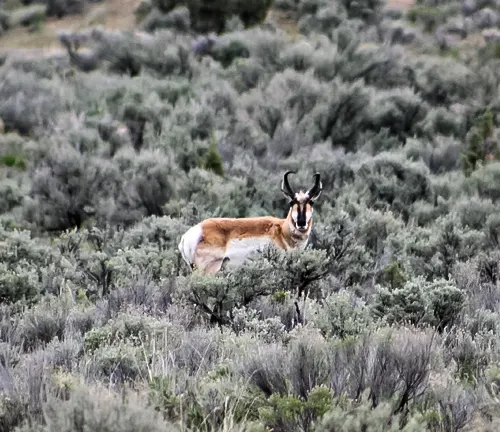
As visitors explore Carson National Forest, they have the opportunity to witness a diverse array of wildlife, each species playing a vital role in the intricate web of interactions that define this natural ecosystem. The forest provides not only a scenic backdrop but also a living testament to the importance of preserving biodiversity and maintaining healthy ecosystems.
Importance as a Wildlife Corridor and Habitat for Threatened Species
Carson National Forest holds immense significance as a vital wildlife corridor and habitat, playing a crucial role in the conservation of various species, including those classified as threatened. The expansive 1.5 million acres of the forest serve as a connective landscape, facilitating the movement of wildlife across different elevations and ecosystems. This connectivity is especially crucial for maintaining genetic diversity and supporting the natural migration patterns of numerous species.
The forest acts as a sanctuary for threatened species, providing essential habitat and contributing to their survival. Species such as the Mexican gray wolf (Canis lupus baileyi), which is listed as endangered, find refuge in the diverse landscapes of Carson National Forest. The forest’s mix of alpine meadows, coniferous forests, and open grasslands creates a mosaic of habitats suitable for a variety of species, contributing to the overall resilience and adaptability of the ecosystem.
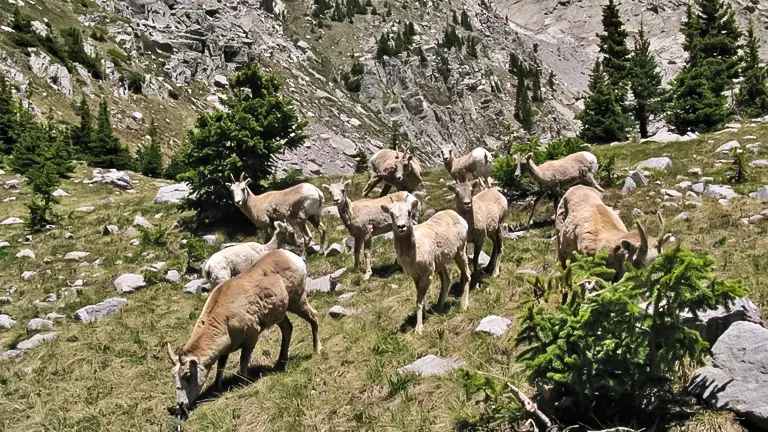
Carson National Forest’s importance as a wildlife corridor extends beyond its borders, connecting with adjacent natural areas. This connectivity is crucial for the long-term viability of populations, allowing for the exchange of genetic material and promoting biodiversity.
Additionally, the forest’s role as a habitat for threatened species underscores the broader conservation efforts within the region. Collaborative initiatives between forest management agencies, conservation organizations, and local communities aim to protect and restore critical habitats, ensuring the continued survival of vulnerable wildlife. Visitors to Carson National Forest can witness the impact of these conservation efforts and the rich biodiversity that thrives within its borders. As a living testament to the delicate balance between human activities and the preservation of natural habitats, the forest serves as a model for sustainable land management practices that prioritize the well-being of both the ecosystem and its inhabitants.
Activities in Carson National Forest for Visitors
1. Hiking

Carson National Forest offers an extensive network of trails catering to all skill levels. From leisurely strolls through alpine meadows to challenging hikes leading to panoramic vistas, visitors can immerse themselves in the diverse landscapes and witness the rich biodiversity that defines the forest.
2. Camping
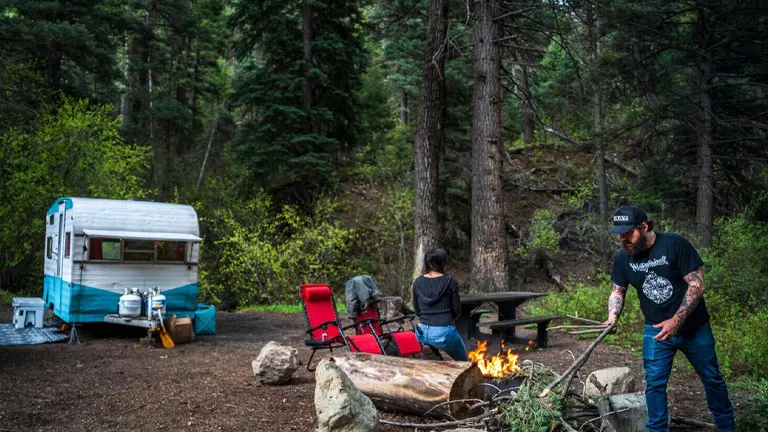
With numerous designated campsites, Carson National Forest provides an opportunity for visitors to experience the serenity of nature. Whether camping under the towering ponderosa pines or alongside sparkling mountain streams, the forest offers a tranquil escape for those seeking a night under the stars.
3. Fishing
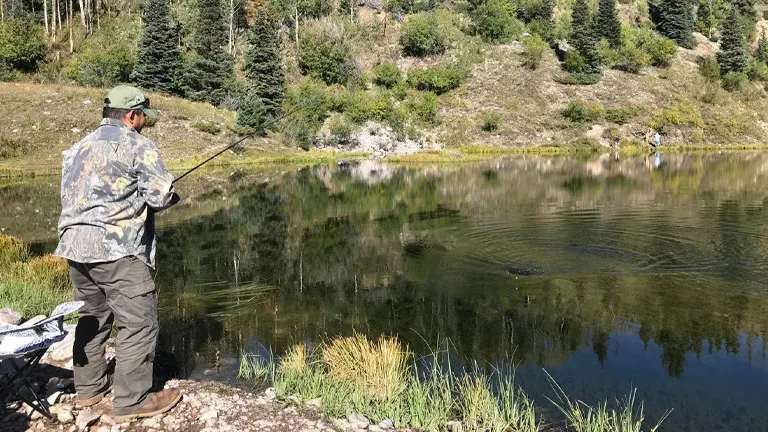
The forest’s pristine lakes and clear mountain streams make it a haven for fishing enthusiasts. Stocked with native trout by the Game and Fish Department, these waterways provide a perfect setting for anglers to enjoy a peaceful day of casting lines and soaking in the natural beauty.
4. Mountain Biking

Carson National Forest features a network of trails suitable for mountain biking, offering an exhilarating way to explore its varied terrain. From challenging downhill routes to scenic cross-country paths, bikers can navigate through forests and meadows, enjoying the thrill of the ride.
5. Wildlife Viewing
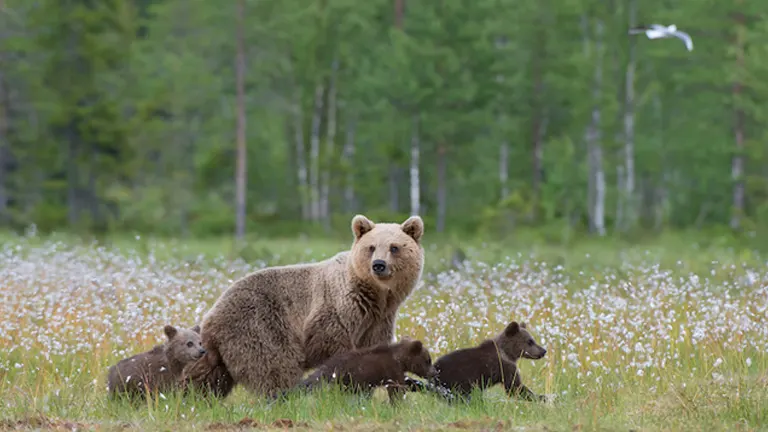
As a habitat for diverse fauna, Carson National Forest provides exceptional opportunities for wildlife viewing. Visitors may catch glimpses of mule deer, elk, black bears, and various bird species. Patience and a keen eye are rewarded with the chance to observe these creatures in their natural environment.
6. Scenic Touring

The Enchanted Circle Scenic Byway winds through the Camino Real and Questa ranger districts, offering an 84-mile loop showcasing the forest’s breathtaking landscapes. This scenic drive allows visitors to explore charming nearby towns like Taos, Questa, Red River, Eagle Nest, and Angel Fire while taking in the beauty of Carson National Forest.
7. Off-Highway Vehicle Riding
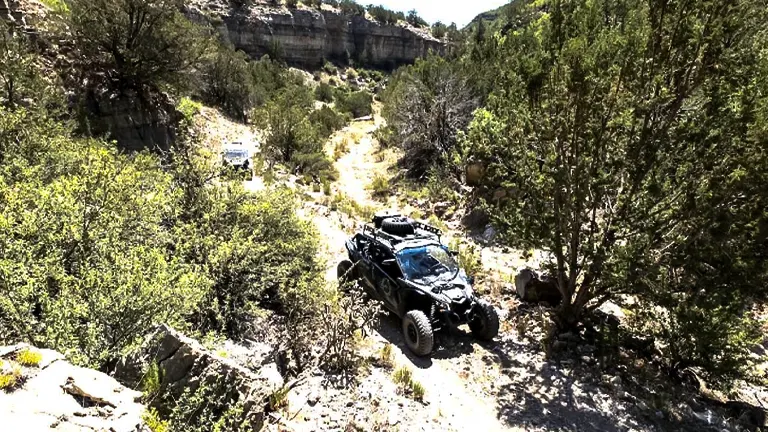
Adventurous visitors can explore the forest’s rugged terrains by engaging in off-highway vehicle (OHV) riding. With designated trails catering to OHV enthusiasts, this activity provides an adrenaline-filled way to discover the more remote and less-traveled areas of the forest.
8. Rock Climbing
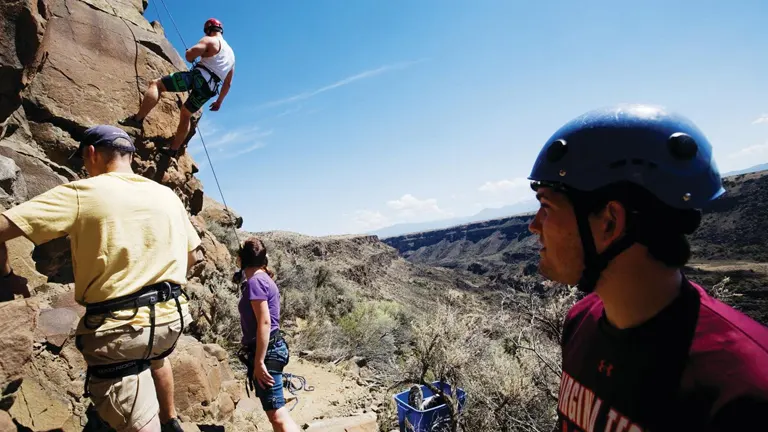
For those seeking a vertical adventure, El Rito Crags within Carson National Forest offers rock climbing opportunities. Climbers can challenge themselves on the varied rock formations while enjoying panoramic views of the forested landscapes.
9. Skiing

In winter, Carson National Forest transforms into a snowy wonderland, offering opportunities for both downhill and cross-country skiing. Visitors can carve through snow-covered landscapes, enjoying the quiet beauty of the forest in its winter attire.
10. Historical Exploration

Carson National Forest carries a rich historical legacy, with remnants of Ancestral Pueblo dwellings and cultural sites. Exploring these historical areas provides visitors with insights into the deep connection between the land and its past inhabitants, adding a cultural dimension to their forest experience.
Conservation and Management
Conservation and management efforts in Carson National Forest are integral to preserving its diverse ecosystems and ensuring the sustainable enjoyment of its natural resources. The United States Forest Service (USFS) plays a central role in overseeing these initiatives, guided by principles of environmental stewardship, biodiversity conservation, and responsible land use.
- Mixed-Use Policy: Carson National Forest operates under a “mixed-use” policy, allowing for a balanced approach to land management. This policy accommodates a range of activities, including recreation, grazing, and resource extraction, with the aim of harmonizing human activities with the preservation of natural ecosystems.
- Wilderness Designations: Within Carson National Forest, designated wilderness areas, such as the Columbine-Hondo Wilderness and Wheeler Peak Wilderness, receive special protection. These areas are managed to preserve their natural state, offering a refuge for wildlife and providing visitors with an opportunity to experience untouched landscapes.
- Recommended Wilderness Areas: The forest’s 2021 Land Management Plan identifies additional areas with wilderness characteristics that are recommended for future wilderness designation. These recommendations align with the Wilderness Act of 1964 and exemplify the ongoing commitment to expanding the protected areas within the forest.
- Wild and Scenic Rivers: Sections of the Rio Grande River and the Red River within Carson National Forest are included in the National Wild and Scenic Rivers System. Managed by the Bureau of Land Management, these river segments are safeguarded to preserve their free-flowing character, water quality, and outstanding scenic, recreational, and wildlife values.
- Collaboration with State Agencies: Forest personnel collaborate closely with the State Game and Fish Department to enhance wildlife habitat. This partnership ensures that conservation efforts align with state-level initiatives, contributing to the overall health and balance of the forest’s ecosystems.
- Visitor Education and Engagement: Carson National Forest emphasizes the importance of educating visitors about Leave No Trace principles and responsible recreation. Through interpretive programs, signage, and outreach, the forest encourages visitors to minimize their impact, fostering a culture of environmental stewardship.
- Land Acquisition and Expansion: In 1982, Carson National Forest expanded by 100,000 acres when the Pennzoil corporation donated the Valle Vidal Unit to the American people. This strategic land acquisition adds to the forest’s conservation efforts, ensuring the protection of critical habitats and contributing to overall landscape connectivity.
- Historical Preservation: The forest’s historical sites, including those associated with the Ancestral Pueblo people, are carefully managed to preserve their cultural and archaeological significance. These efforts aim to balance public access with the need to protect and respect the historical legacy of the land.
- Scientific Research and Monitoring: Ongoing scientific research and monitoring programs within Carson National Forest provide valuable data on ecosystem health, wildlife populations, and the impact of human activities. This information informs adaptive management strategies to address emerging conservation challenges.
- Fire Management: Given the region’s susceptibility to wildfires, Carson National Forest implements proactive fire management strategies. These include controlled burns and firebreak construction to mitigate the risk of uncontrolled wildfires, protect ecosystems, and enhance overall forest resilience.
Through a combination of policies, partnerships, and active management, Carson National Forest strives to balance human activities with the preservation of its ecological and cultural heritage. The ongoing commitment to conservation ensures that current and future generations can continue to enjoy the natural wonders of this diverse and dynamic forest.
Recommendation
I highly recommend exploring Carson National Forest for a captivating blend of natural beauty and cultural significance. With its diverse ecosystems, iconic landmarks, and recreational opportunities, the forest offers a unique and immersive experience. Engage in responsible outdoor activities, such as hiking and wildlife observation, while respecting the ongoing conservation efforts. The scenic trails, historical sites, and collaborative conservation initiatives make Carson National Forest a must-visit destination for those seeking a harmonious combination of nature and recreation.
Conclusion
Carson National Forest stands as a testament to the stunning beauty and ecological diversity of northern New Mexico. Spanning 1.5 million acres, the forest showcases a range of landscapes, from high desert plateaus to alpine meadows. Beyond its natural allure, Carson National Forest boasts a rich cultural heritage seen in the archaeological remnants of the Ancestral Pueblo people and indigenous land rights struggles. Serving as both a sanctuary for diverse wildlife and a vital corridor for threatened species, the forest demonstrates its commitment to conservation through mixed-use policies, wilderness designations, and collaborative initiatives with state agencies. As visitors explore scenic byways, diverse trails, and engage in responsible outdoor activities, the forest offers a harmonious blend of nature appreciation and recreational enjoyment. Carson National Forest embodies the delicate balance between human interaction and ecosystem preservation, solidifying its status as a timeless gem in the American Southwest.
Encouraging Responsible Visitation
Contemplating my experiences in Carson National Forest, I am motivated to advocate for mindful exploration. This dynamic and ever-changing ecosystem thrives when visitors adopt responsible engagement. Whether you are an avid hiker, a photography enthusiast, or a family in search of a weekend retreat, each instance spent in Carson National Forest offers a chance to actively contribute to its conservation.
FAQs
- What makes Carson National Forest a standout destination for stargazing?
Carson National Forest is known for its low light pollution and designated dark sky areas, providing a stellar backdrop for stargazers. Visitors can enjoy celestial wonders and even participate in astronomy events organized by local enthusiasts. - How does Carson National Forest celebrate its diverse cultural heritage throughout the year?
The forest hosts cultural festivals, storytelling events, and heritage tours, showcasing the traditions of the Ancestral Pueblo people and honoring the cultural diversity that has shaped the region. - Are there any lesser-known natural wonders or hidden gems within Carson National Forest?
Absolutely! Hidden gems include secluded waterfalls, unique rock formations, and lesser-traveled trails that unveil spectacular vistas. Explorers can uncover these treasures by venturing off the beaten path. - What opportunities does Carson National Forest provide for aspiring outdoor photographers?
Carson National Forest offers photography workshops, highlighting scenic landscapes, wildlife photography, and the chance to capture the forest’s seasonal transformations. It’s a haven for those seeking to refine their outdoor photography skills. - How does Carson National Forest engage with local communities to foster a sense of environmental responsibility?
The forest collaborates with nearby towns on eco-friendly initiatives, sustainable tourism, and educational outreach programs. This community engagement aims to instill a sense of environmental stewardship among residents and visitors alike. - Are there any unique flora or fauna species in Carson National Forest that aren’t found elsewhere?
Yes, Carson National Forest is home to unique plant species such as the rare alpine forget-me-nots and moss campion. Wildlife enthusiasts may spot elusive species like the pine marten and northern goshawk, adding to the forest’s biodiversity. - How does Carson National Forest incorporate art and creativity into its conservation efforts?
The forest hosts art installations, environmental art projects, and nature-inspired workshops, intertwining creativity with conservation. These initiatives aim to foster a deeper connection between visitors and the natural world. - Can visitors experience any unconventional outdoor activities in Carson National Forest, beyond the typical hiking and camping?
Certainly! Carson National Forest offers unique activities like forest bathing sessions, birding expeditions, and guided foraging experiences. These unconventional pursuits allow visitors to connect with nature in unexpected and enriching ways.
In the final assessment of our exploration through Carson National Forest, one undeniable truth stands out: this natural haven goes beyond the ordinary, inviting all who venture into its depths to uncover the extraordinary. From the majestic alpine peaks to the serene hidden meadows, Carson National Forest presents a captivating journey through diverse landscapes and time. Its dedication to conservation, celebration of cultural heritage, and the seamless coexistence of varied ecosystems transform it from a mere destination into a testament to the delicate balance between humanity and nature. As we say farewell to this enchanting sanctuary, the echoes of leaves and streams linger, leaving an enduring imprint on the soul—a reminder that Carson National Forest is not just a spot on the map but a living narrative awaiting the next chapter of exploration, reverence, and connection.


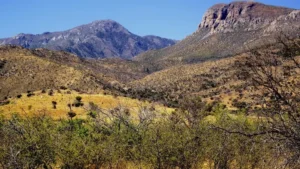

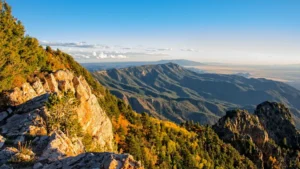
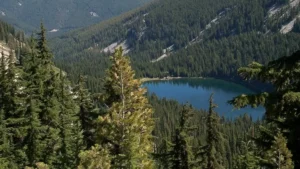
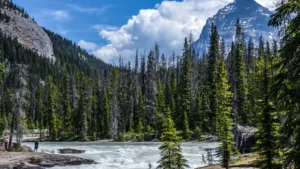
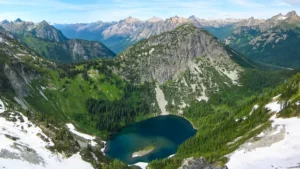

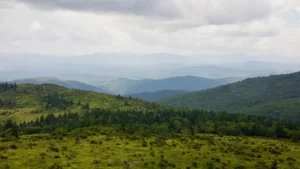
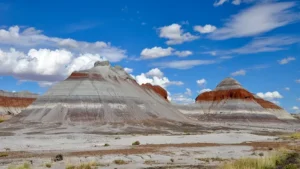
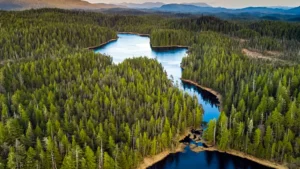
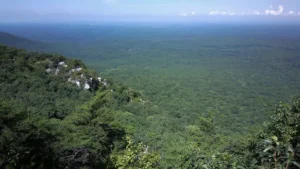
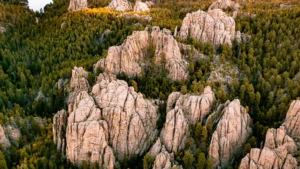
Leave your comment